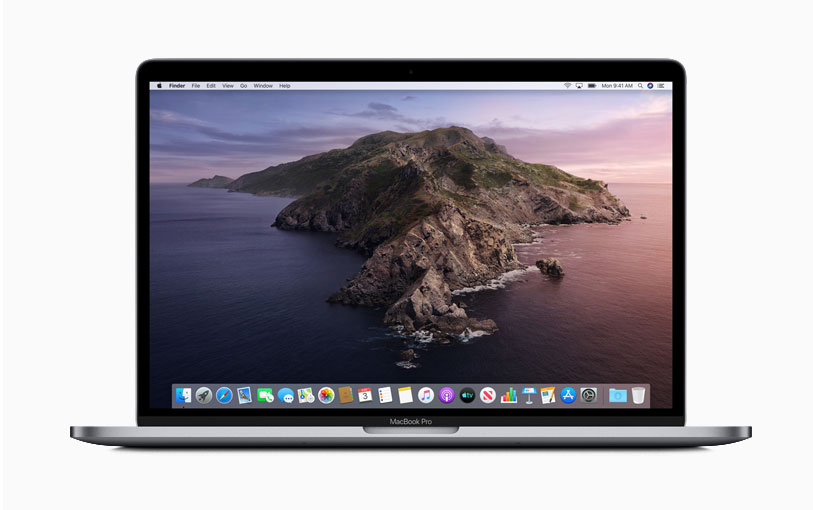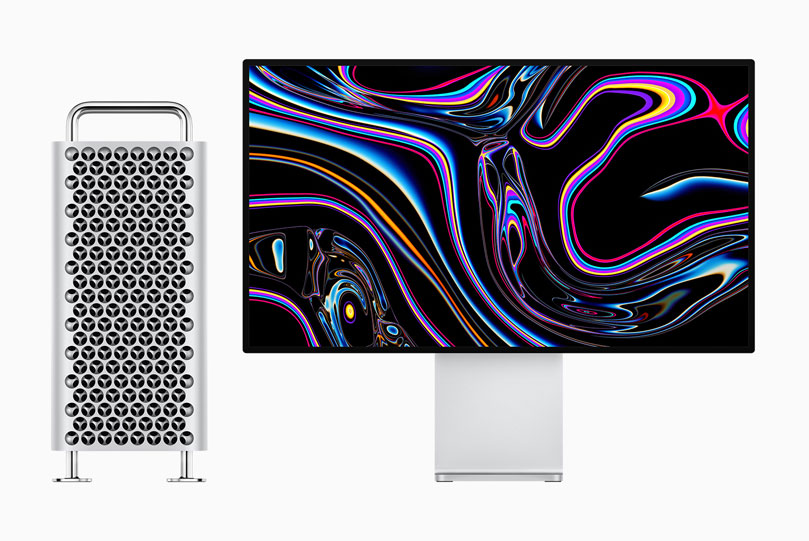Enterprise Mac Takeaways from Apple Worldwide Developers Conference (WWDC) Keynote 2019
5 Min Read
Blog
Check out our previous article on all the latest watchOS, iOS and iPadOS highlights from the WWDC 2019 keynote. This article will focus on the many Mac/macOS features and announcements addressed in the keynote.
Over 5,000+ developers gathered at Apple’s World-Wide Developers Conference (WWDC 2019) to hear Tim Cook’s annual address of the latest announcements from Apple. This included all the various solutions, operating systems and other goodies Apple may deliver to its customers by the end of the year. In most cases the software, such as operating system updates, are free on supported devices.
It’s crucial for IT departments across the globe to understand what is coming and ramp up in time to support it. Here we run down some of the most important topics discussed and comment on what we hope to learn and understand more details on during the developer conference and its many in-depth sessions.
Recommended Enterprise IT Tasks
It’s highly recommended, in some cases, to do hands-on testing of the beta software to have your IT solutions, applications and networks be prepared and functional for all the changes. Public beta signup will begin in July and it will be very easy to install the beta copies of the various operating system updates. Make sure to have non-production devices available for all the testing. Larger companies can also sign up to a special AppleSeed for IT Enterprise program where feedback and specific testing can be done.
macOS 10.15
Every new macOS release brings a new name; this time it’s Catalina. The new Catalina release of macOS later this year will bring the end of the Mac version of the iTunes standalone application after 18 years of support and through several generations of media technology trends. Instead three new application will replace it; these include: Apple Music, Apple Podcasts and Apple TV. On Windows, the application will remain active.
For enterprises, the question is how will this impact iOS backup/restore, device troubleshooting, and system log viewing functionality? As the conference progresses, we will continue to update this blog.

Apple Sidecar
This will be a new feature in macOS, where your handy iPad can be used as a secondary display. Apple Sidecar allows for an extended workspace by turning your iPad into a second display. Both displays can show different content or mirror each other. With the iPad touchscreen and Pencil support, this is very interesting and can infuse touchscreen usability directly to your macOS productivity.
Voice Control
This is a huge update to accessibility and makes a massive difference to people with disabilities. Coming to both macOS and iOS 13, full control of the operating system can now be done with your voice. This is mainly due to the improvements in Siri on both platforms in tandem with the processing power of the devices we have today. Voice Control can also function offline without direct Internet connectivity. This bedrock feature is supported by all native apps off the bat, and third-party apps that use Apple’s accessibility API should be able to take advantage of it easily. In certain use cases, this could also provide hands-free computer operations to businesses where there is such a need.
Activation Lock
For the Enterprise, lost and stolen equipment is always a huge security concern. Since 2018, Mac computers all have the newer T2 security chip embedded and will now have Activation Lock with the Catalina release this fall. Activation Lock was introduced in iOS 7 back in 2013 in order to dramatically reduce theft. This will be a huge victory for lost and stolen Macs everywhere and should marginalize the black market of Mac hardware.
Application Development
The larger portion of the WWDC event is focused application development, and in the keynote, several topics were highlighted that enterprise IT should also be aware of.
Project Catalyst: Apple provided more information on the previously announced concept of migrating iOS apps to macOS very easily. This will provide a dramatic boost to the number of native applications on macOS and make it easier for enterprise organizations to support their own applications on both platforms simultaneously. All in all, it should further the Mac’s status as a fully-fledged corporate citizen.
Functionally, this means that when a developer builds an app for Mac using Catalyst, they can simply build the Mac version of the application by simply checking a box in the development program Xcode. Going forward, universal Apple applications will no longer be limited to iPhone and iPad; they’ll also include Macs.
RealityKit: Apple ups the ante on Augmented Reality (AR) with new SDKs, RealityKit and ARKit 3. These can help enterprises quickly get involved with AR projects and bring the AR experience to workflows and end users.
RealityKit is a high-level framework that enables developers to quickly blend virtual objects with real world business environments – automatically scaled to perform properly on multiple Apple devices – and handle demands of shared AR experiences. It supports photorealistic rendering, new environmental and camera effects, physics, and audio effects. Simply put, Apple is going to be a significant engine driving the current momentum behind AR everywhere.
Apple Mac Pro
Long overdue, this powerhouse machine was hinted last year. With 8 PCI card slots and up to 28 Core CPUs, it brings back memories of the scalability of yesteryear’s Mac servers coupled with the extreme computing of today.
It’s completely modular. This will especially be evident in the graphics and CPU/GPU area, where it will excel with the Mac Pro eXpansion (MPX) and Afterburner modules.
This machine will continue to keep Apple at the forefront of the professional video and audio production industry, helping to bring 8K video to the mainstream.

Mac Popularity is Growing
With this year’s WWDC, there is renewed interest around the Mac platform. Given the new Catalyst universal application possibilities, the lines between various Apple hardware segments will blur with applications moving between all the hardware platforms. Enterprises must come to terms these technology changes to stay aligned with their end-users’ demands.
The T2 security chip embedded in Macs is critical for enterprise requirements. Now, the arrival of the Activation Lock feature brings macOS to parity with iOS and iPadOS. We can only assume that the same MDM/EMM functionality present in iOS around Activation Lock will also come to the Mac.
Please stay tuned and look for more blogs on all the latest iOS, watchOS, iPadOS, and macOS Apple for Enterprise updates and announcements!













